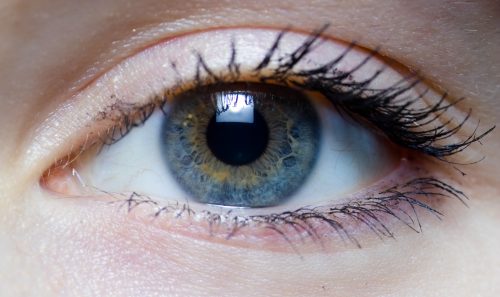The visual system, as it turns out, may be the key to understanding brain development. Recently, a group of researchers in the Crair lab at Yale have utilized new research techniques, including wide-field calcium imaging allowing for comparison between multiple cell populations, to make strides in understanding the development of the visual cortex and superior colliculus. From their most current experiment, they now believe that retinal waves play a role in developing the neural circuit between the visual cortex and retina and within the visual system itself.
In the neonatal retina, spontaneous activity is generated as traveling waves because the retina cannot respond to light. These developmental waves can be organized into 3 stages. Stage 1 waves exist before birth and propagate through gap junctions which are spaces between cells that help transmit electrical signals. Stage 2 waves are prominent from birth to week 10 and propagate through cholinergic synaptic transmission. Stage 3 waves happen just before the retina becomes able to respond to light, driven by glutamate.
Using wide-field calcium imaging, lead researcher Alexandra Gribizis and her colleagues found that days before the eyes open, the visual cortex generates its own activity. In stage 2, the activity was the same before and after the synapse while in stage 3, they were not. Essentially, the information that is taken from the retina is changed on its way to the brain during stage 3. This indicates that in stage 3, the ganglion cells that send signals to the brain are creating their own activity unprompted by signals. Dr. Michael Crair, the principal investigator of this project, found the new technique to be one of the most important parts of the research as it improved the technical and analytical approaches in imaging. Crair explains, “On the technical side, the wide field calcium imaging allowed us to sense two cell populations at the same time and in terms of analysis, it allowed us to link activities in a way that makes it easier for us to derive conclusions from the pre and post synaptic activity.” The team went further to understand if a similar phenomenon could happen in stage 2 waves by knocking out nAChR, the channel responsible for stage 2 transmission. They discovered that the stage 2 waves began to generate their own uncoordinated activity as a result of a lack of signals.
Naturally, throughout the experiments, there were some surprising findings. Gribizis notes, “My favorite part of science is when you’re the first person to see a phenomenon – it’s exciting!” She was shocked to find that the stage 3 waves could be converted back into stage 2 waves. She adds, “If you can change these waves, you can better understand the underlying mechanisms and the effects they have on the brain’s activity and reaction.”
On the broader level, Gribizis believes that this type of research can be applied in various areas, particularly in machine learning and AI. “This accumulation of evidence proving that the brain is capable of generating its own environment independent of sensory surroundings could give AI researchers a better understanding of how to emulate real brain activity.”

